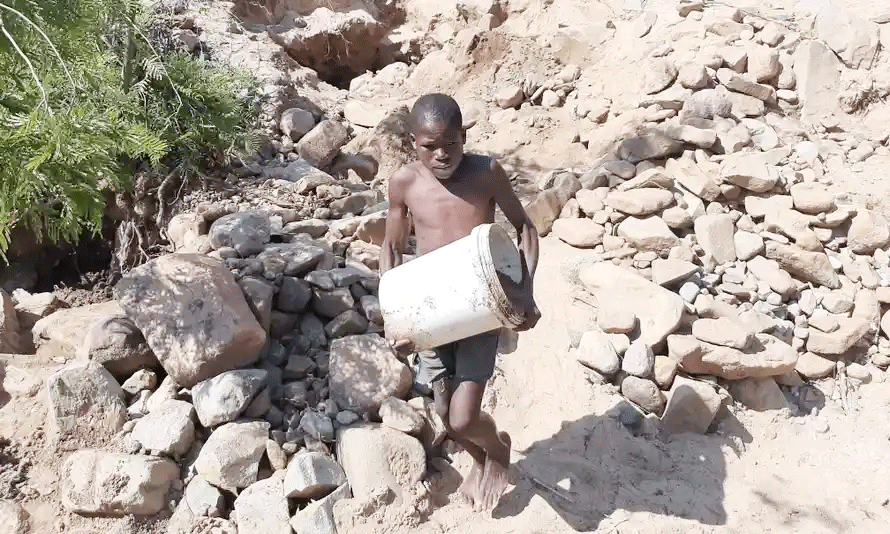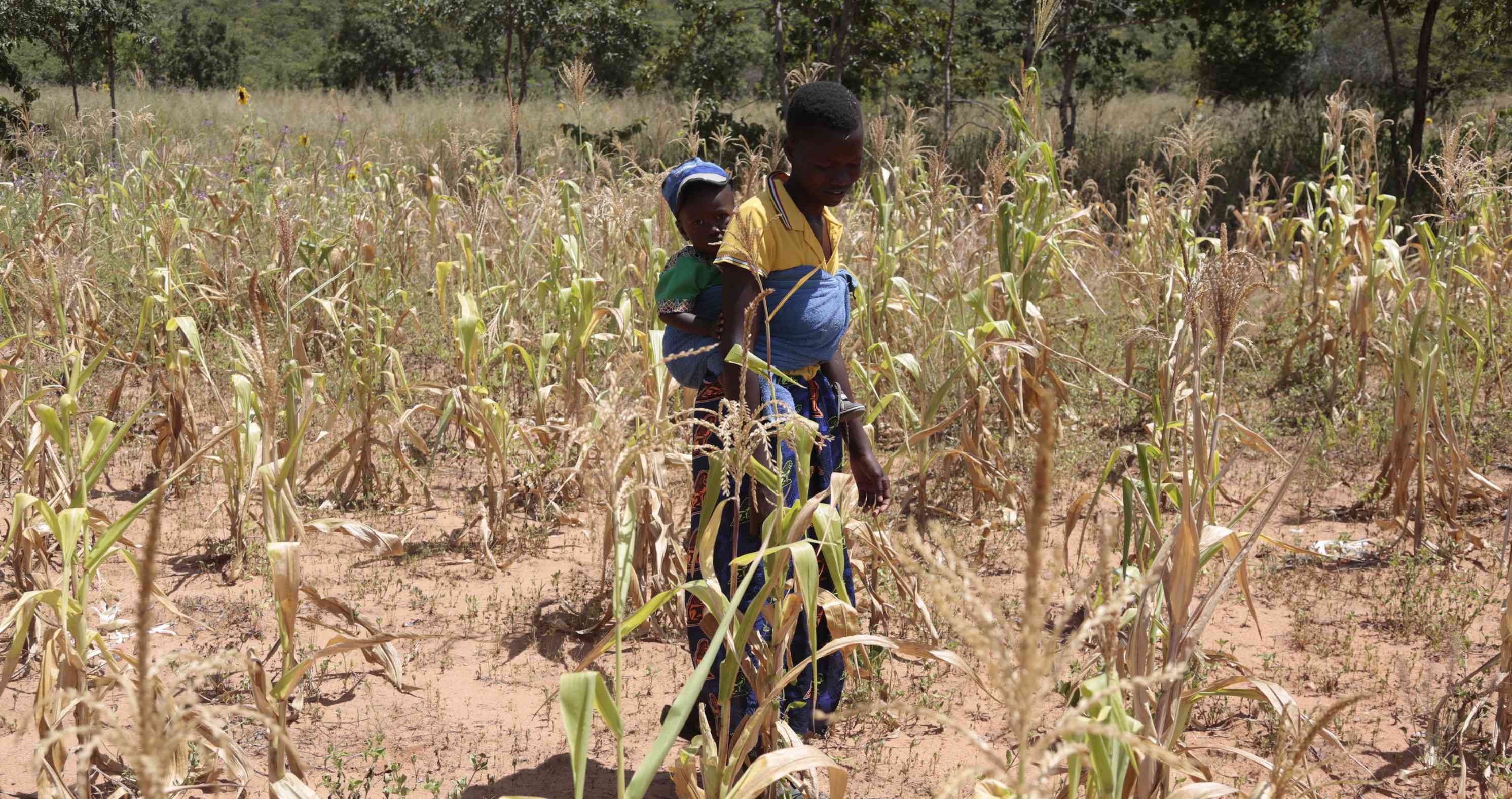
By Ashleigh Jinjika
The outbreak of the Covid-19 pandemic across the globe did not only affect the global health system, but had negative impacts on the socio-economic status of vulnerable communities resulting in the rise of forced child labour mainly in the mining sector.
The Covid-19 crisis exacerbated existing challenges related to loss of employment, limited income and livelihood opportunities for households resulting in devastating effects such as child labour unfolding differently across the country.
Midlands province, due to its geographical location along the mineral-rich Great Dyke, is the worst affected with rampant cases of child labour.
The crisis can push millions of vulnerable children into child labour.
According to the International Labour Organisation (ILO), there are an estimated 152 million children in child labour, 72 million of whom are in hazardous work, including mining.
Covid-19 led to national lockdowns with non-essential service providers closing shops, resulting in the reduction of income levels of breadwinners of most households. Not only did business shut, schools also closed leaving hordes of children vulnerable. Many children were left with no option, but to look for employment in the operational small-scale mines, which were not affected by national lockdowns since the sector was considered to be essential. The children are supplementing income for their families. However, they become prone to abuse by small-scale miners.
Children below the age of 18 are found milling around the mining areas with hopes of being employed. Unfortunately, when they get employed, they work for very long hours without appropriate protective clothing subjecting them to injuries. Safety and health issues are not prioritised, which traumatises the young generation.
- Chamisa under fire over US$120K donation
- Mavhunga puts DeMbare into Chibuku quarterfinals
- Pension funds bet on Cabora Bassa oilfields
- Councils defy govt fire tender directive
Keep Reading
Mining is one of the most hazardous forms of child labour. It is physically dangerous and strenuous, exposes children to unstable underground heavy equipment and structures, toxic and explosive chemicals, and heat. The dangers to health and safety make mining unsafe for children under any circumstances.
Research has revealed that precious minerals such as gold and diamonds top the list of minerals mined by about one million children in Africa between the ages of five and 17 for less than $2 per day. In some instances, these children receive food as payment.
Back home, children as young as 10 years work in hazardous conditions in unlicenced gold mines. They usually work between 10 and 12 hours a day in the artisanal gold mining sector mainly with a few in the chrome mining sector.
Due to the unregulated and illegal nature of most artisanal mining activities, as well as the absence of protective structures, children are exposed to illnesses, injuries, and even death from falling rocks and pit collapses, sharp objects, and mercury poisoning. Girls, are exposed to sexual harassment and the pressure to engage in the sex trade, which further exposes them to sexually transmitted diseases and unwanted pregnancies.
All being said and done, it should be noted that mining is an infringement on the rights of children to education, health, security, and protection from violence and abuse.
Children need to be protected from work that threatens their health, education, or development. History has shown that children engaged in mining, are poorly protected.
However, a possible solution can be to start with the formalisation of artisanal mining activities so as to bring the artisanal mining sector under an appropriate legal and policy framework, which, among other things, prohibits children, adolescents, and all forms of informal employment in the sector. The legal framework should also include child labour monitoring systems developed and implemented at the district and community levels.
Childhood is a critical time for healthy physical, cognitive, and behavioural growth and development. If African children are to develop into adults with the capacity to drive Africa’s transformation and to escape the cycle of poverty, then the elimination of child labour in mining is even more urgent. l Ashleigh Jinjika is a journalist and public relations practitioner.











